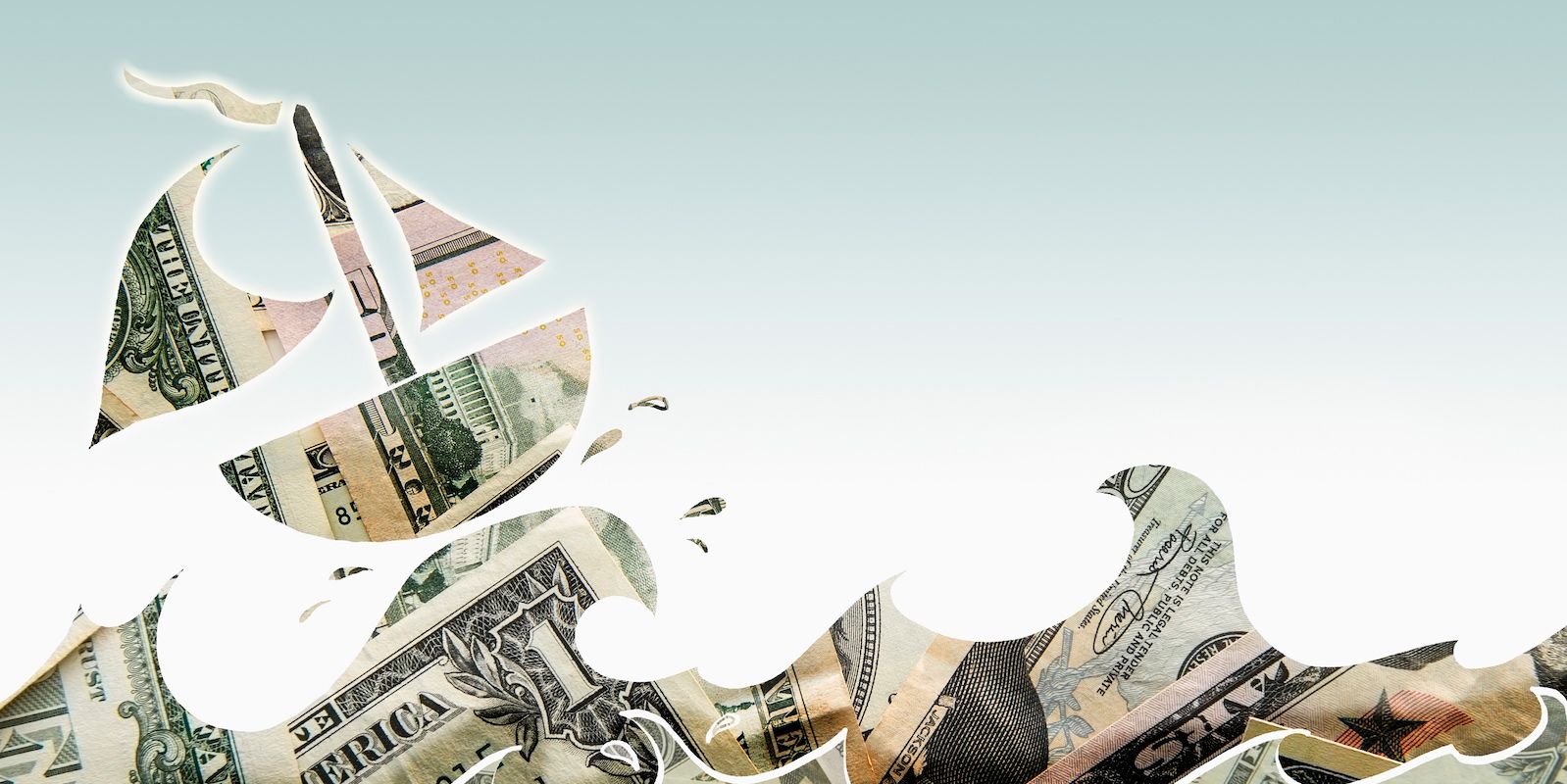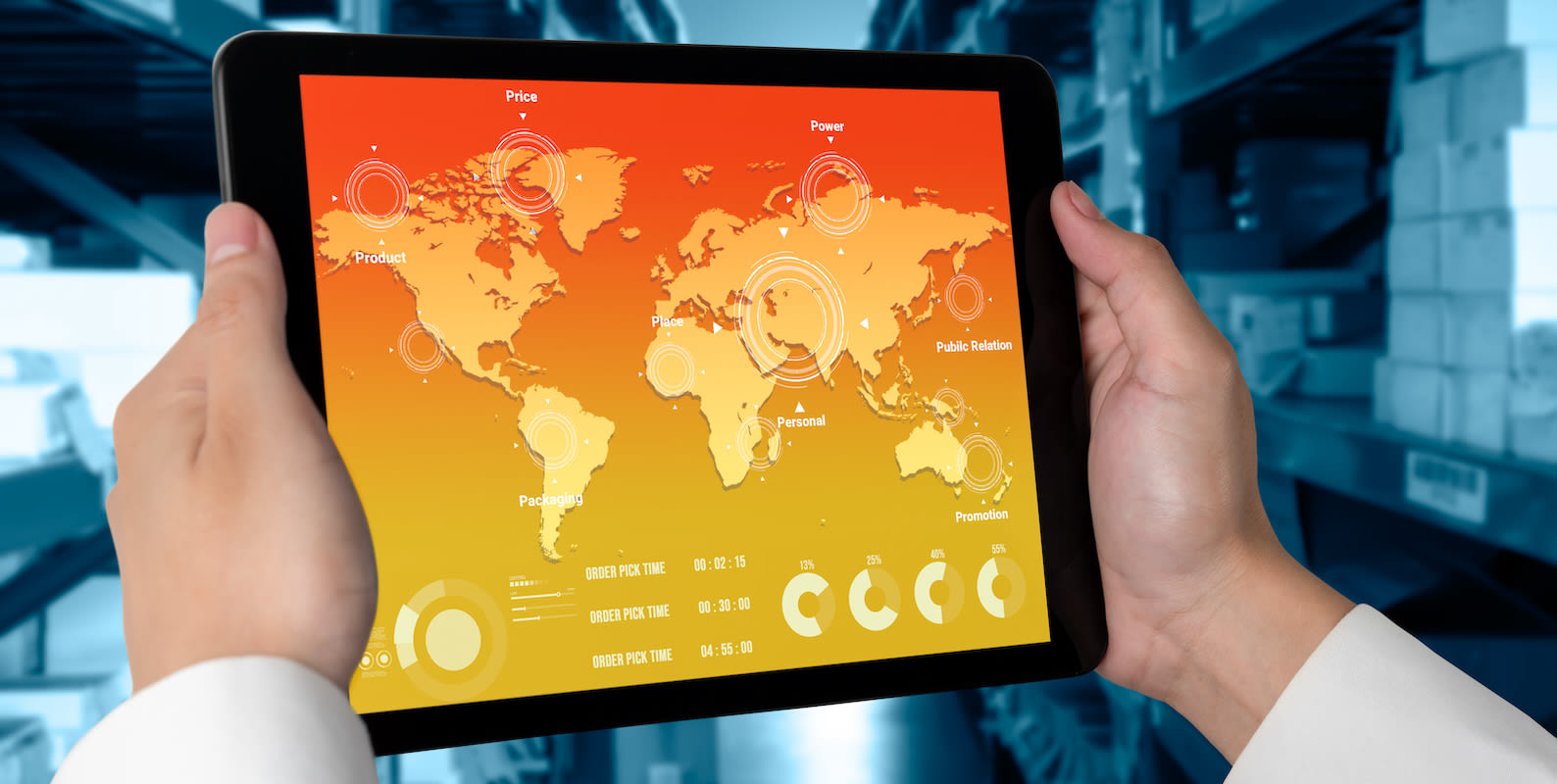
September 12, 2023
In Focus - If something cannot go on forever…

Senior Editor, Flexport Research
Last week we noted the growing divergence between rising consumer spending in the U.S. and stagnant (or falling) real personal disposable incomes. The gap can be bridged with savings or by borrowing. Savings are being drawn down, leaving borrowing as perhaps the primary source of funding for new purchases. That presents risks to households and to the economy, as a whole.
U.S. credit card balances have reached new highs in nominal terms in each of the past three quarters, starting in the fourth quarter of 2022. In the second quarter of this year, they rose above U.S. $1 trillion for the first time, according to the Fed’s latest report on Consumer Credit.
Headlines were duly generated.
And not without reason. But what matters in the end – and for the sake of historical comparison – is the inflation-adjusted total and the changes in that figure. We use the personal consumption expenditures (PCE) implicit deflator for the totals; the Fed figures are already seasonally adjusted.

The chart above uses historical data back to 2004 from the Fed report. The coral red line is the total value of outstanding balances in real terms. It is tied to the left-hand scale. The navy blue bars are the quarter-on-quarter changes in the balances. They are tied to the scale on the right.
Taking the long view, the first build-up of credit card balances came to an abrupt halt in Q4 2008 when the global financial crisis really began hitting the U.S. economy. After that they declined for eleven consecutive quarters, bounced in Q4 2011 and then fell again by 4.2% in the first quarter of 2012. Interest rates had by then long been lowered to near zero, but lending standards had tightened, if only temporarily, meaning credit was harder to obtain. And anyway consumers had checks from The Economic Stimulus Act of 2008.) they could save, spend or use to pay down balances. Credit cards were less necessary.
Balances bottomed out at around $643 billion in Q1 2014. From there, they climbed at an average rate of 1.2% per quarter over the next five-and-a-half years. That may not seem a torrid pace, but 1.2% of $643 billion is $7.7 billion. Compounded over the period, balances rose to $800 billion by the end of Q4 2019, albeit with a few quarterly drops in between.
Then the pandemic began in Q1 of 2020. Not only did it immediately cause a recession (Feb - April), which alone would likely have dampened credit card usage, but even if consumers had wanted to buy goods on their credit cards, there were fewer available due to supply chain disruptions.
When goods began flowing again, consumers stuck at home with little else to do began spending more. Many did not need to use their credit cards, largely because of the accumulation of excess savings referenced last week. As post-financial crisis, those savings also presumably allowed consumers to pay down balances, explaining in part the six quarter period from the most recent peak in Q4 2019 to the most recent trough in Q1 2021, when they fell to $681 billion.
Which brings us to the current surge and balances surpassing $1 trillion in nominal terms. In real terms, they stood at around $812 billion as of the end of June, or about $20 million shy of the Q4 2019 total. That works out to an average quarterly growth rate of 3.1% over the past five quarters – by far the highest since 2004.
A plausible explanation for this growth is that consumers want to continue spending at a time when both their savings and real (inflation-adjusted) wages are falling or, in the case of wages, not rising at a rate that could keep up with their desire to buy. They have thus been relying more heavily on their credit cards for purchases.
There is no single indicator pointing to the exact health of consumer credit markets. But a key one to watch is delinquencies, particularly 90-day delinquencies. They are moving in a worrying direction, alongside both consumer and auto loans – all are at least at 10-year highs and trending upward.
Two other concerns to keep in mind. First is that prediction about the depletion of excess savings in Q3, the current quarter. If accurate, there will be no more cushion for consumers to absorb additional spending, let alone any potential shocks.
And second is the end of student loan debt forgiveness; many must start paying those loans back in October after the Supreme Court ruled the policy unconstitutional back in June. That will add hundreds of billions of monthly obligations back onto household balance sheets.
As what has come to be known as “Stein’s Law,” economist Herb Stein once remarked that “If something cannot go on forever, it will stop.” For credit cards—and consumer credit, more broadly—that stop might be coming sooner than we expect.
The Fed’s Consumer Credit report covering Q3 will be released in early November.
Disclaimer: The contents of this report are made available for informational purposes only and should not be relied upon for any legal, business, or financial decisions. Flexport does not guarantee, represent, or warrant any of the contents of this report because they are based on our current beliefs, expectations, and assumptions, about which there can be no assurance due to various anticipated and unanticipated events that may occur. This report has been prepared to the best of our knowledge and research; however, the information presented herein may not reflect the most current regulatory or industry developments. Neither Flexport nor its advisors or affiliates shall be liable for any losses that arise in any way due to the reliance on the contents contained in this report.
About the Author

Senior Editor, Flexport Research




